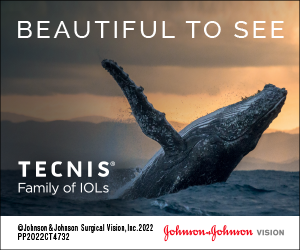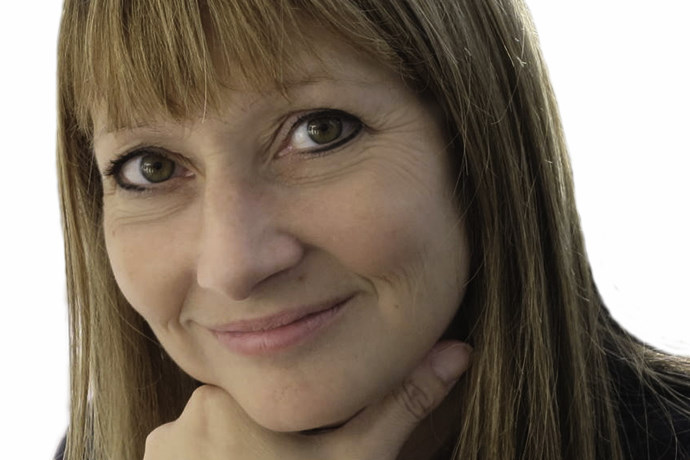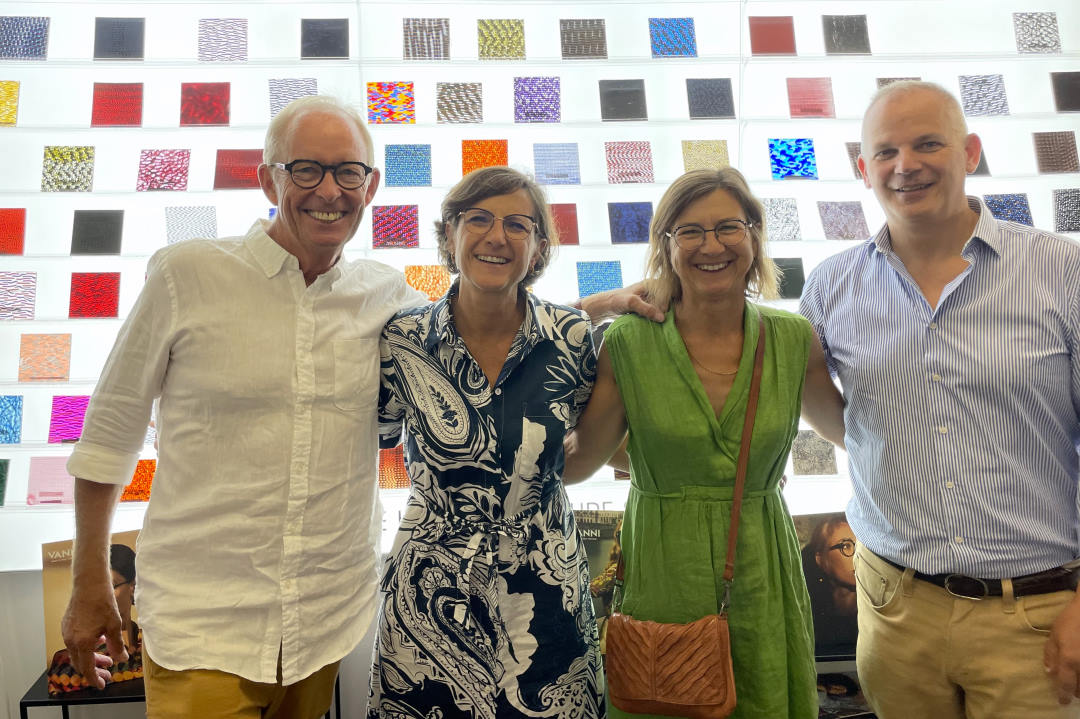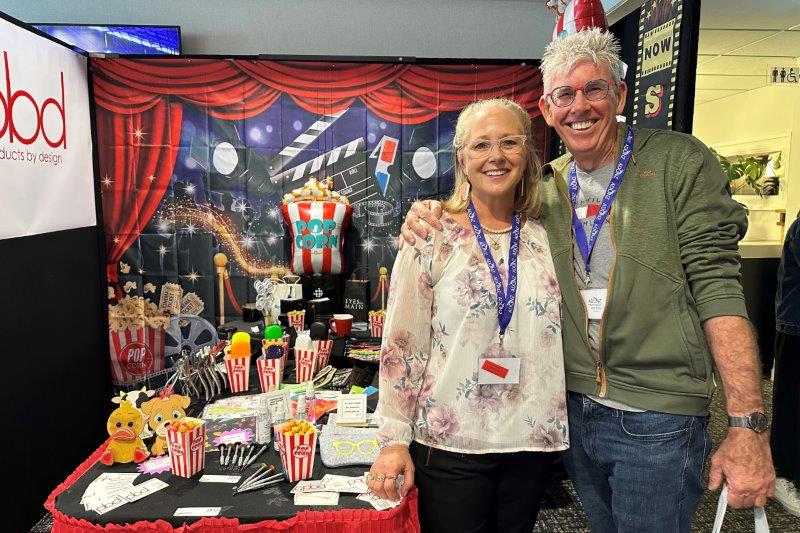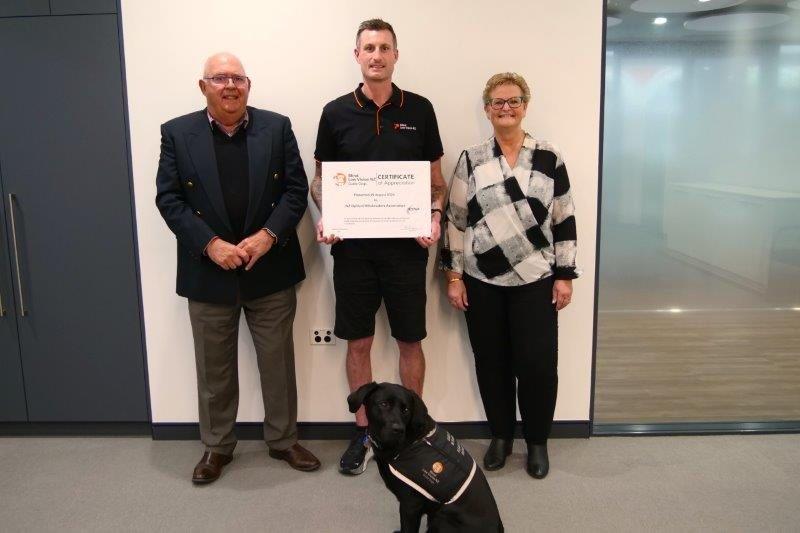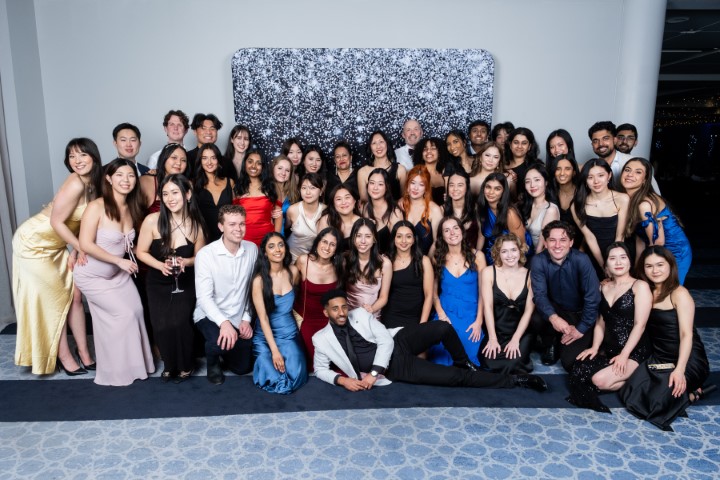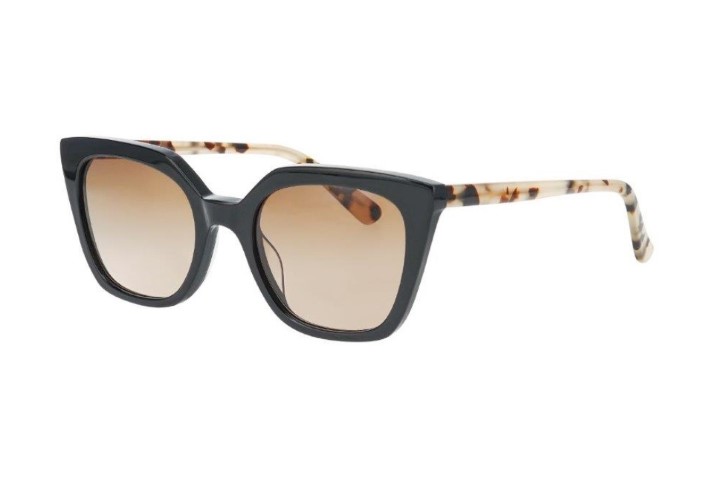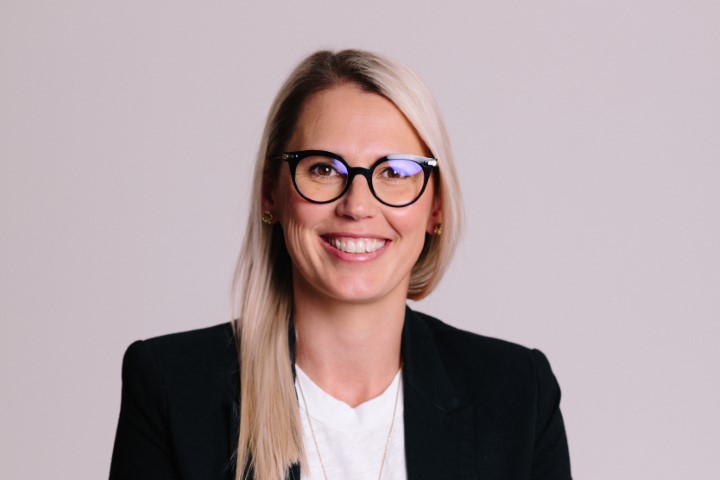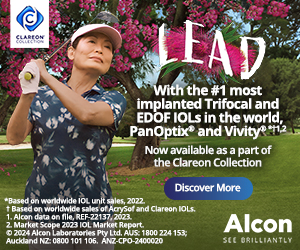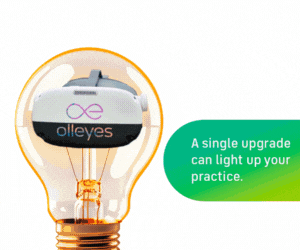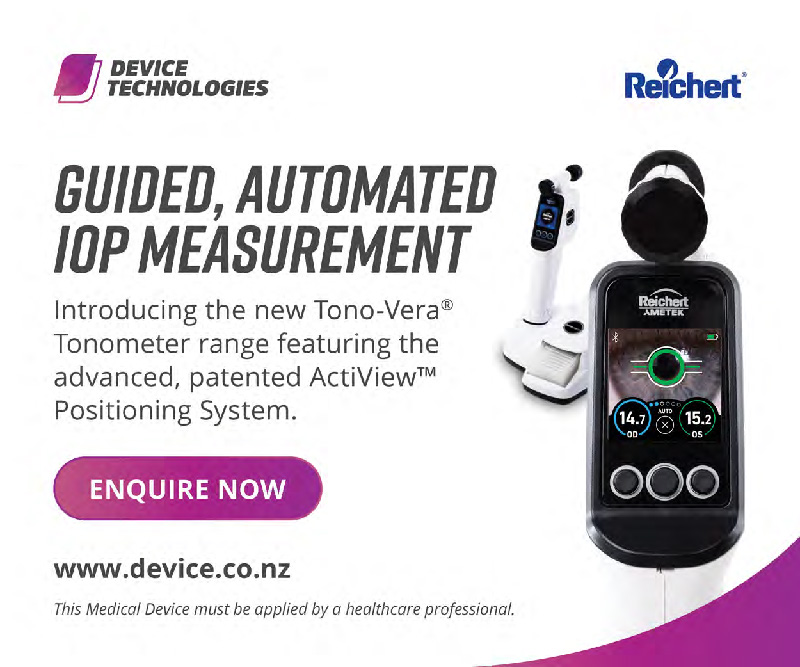Meet the speakers
This year’s CCLS one-day conference once again promises some very interesting topics delivered by some great speakers specialised in cornea and contact lenses (CLs). Ella Ewens asked a few of the key speakers at this year’s event about what they were presenting and why and how they came to be involved in eye health.
-----------------------------------
ASSOCIATE PROFESSOR JENNIFER CRAIG
Vice-chair TFOS DEWS II, Department of Ophthalmology, University of Auckland
What is your main focus at this year’s CCLS conference?
It will come as no surprise that dry eye disease will be my main focus at CCLS this year.
Following publication of the TFOS DEWS II consensus report in July 2017, I’m aiming to provide some insight into how the latest global evidence on dry eye disease is going to affect New Zealand practice. I’ll describe how epidemiological and pathophysiological evidence over the last decade has influenced the revision of the definition and classification of dry eye disease and explain how this can be used to improve our understanding of individual patients in clinical practice and help set realistic expectations with respect to their dry eye management.
Except in the most severe cases, dry eye disease is an area ideally suited to optometric management and I’m proud that we have practitioners with the desire to keep abreast of the latest developments in the field so that they can continue to offer patients optimal care.
How did you get into eye health and dry eye?
Eyes have always fascinated me and optometry offered me a way to follow my passion for science, eyes and caring for people. The opportunity for a research elective during my undergraduate years, with then registrar Dr. Charles McGhee, was instrumental in sparking my interest in hospital optometry and clinical research. Clinical experience had highlighted to me how common dry eye was and yet how poorly we were able to manage it. My introduction to Professor Alan Tomlinson who became my PhD supervisor and long-time mentor, further convinced me that dry eye disease was an area in desperate need of further research and in which I wanted to try to make a difference.
What drives you?
For me, it’s about improving the care we provide for patients with dry eye and this requires sound scientific evidence to back up our clinical decisions. My passion is in designing and executing clinical and laboratory studies that help provide the scientific evidence that’s needed to reliably answer clinical questions and ultimately offer patients better solutions for managing their dry eye disease.
-----------------------------------
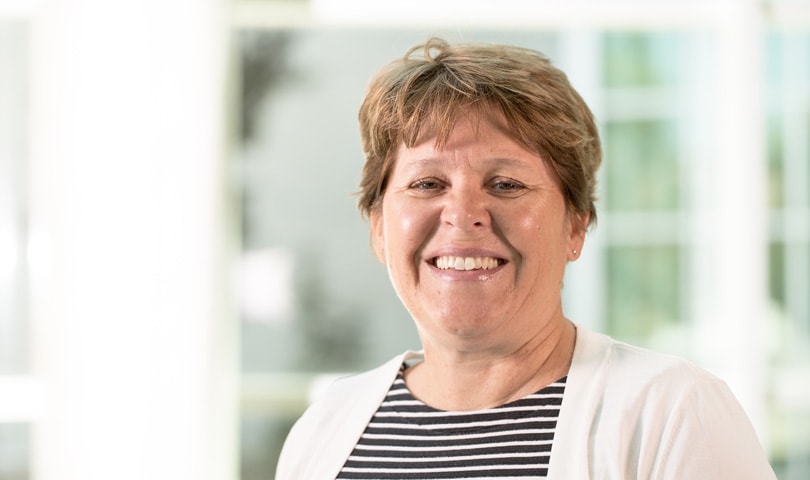
PROFESSOR HEATHER SHEARDOWN
Chair of ophthalmic biomaterials and drug delivery, Department of Chemical Engineering, McMaster Unversity, Ontario, Canada
What’s the focus of your talk at CCLS 2018?
Contact lenses and surfaces, including the interactions of lenses with the tear and lipid layers and friction. We have done work modifying the surface of lens materials in an attempt to minimise deleterious effects and these modifications will be described.
The dropout rate for CLs is unacceptably high. In many cases, end-of-day dryness and discomfort are cited as reasons for these dropouts. We are trying to decrease this dropout rate through the modification of lens materials to improve comfort, which in itself is a somewhat subjective parameter.
What are you most looking forward to at this year’s CCLS conference?
I always look forward to hearing about new research and because this meeting is quite remote for me, I anticipate there will be work that is completely new to me and that is sure to spark some ideas.
How did you get into your specialist area of optometry?
I actually trained as a chemical engineer. My interest in optometry developed through my interest in materials and surfaces for use in the eye. Contact lenses are natural materials to study. Academic researchers rarely go beyond the lab bench, but we have been actively trying to move some of our technologies out of the academic environment.
-----------------------------------
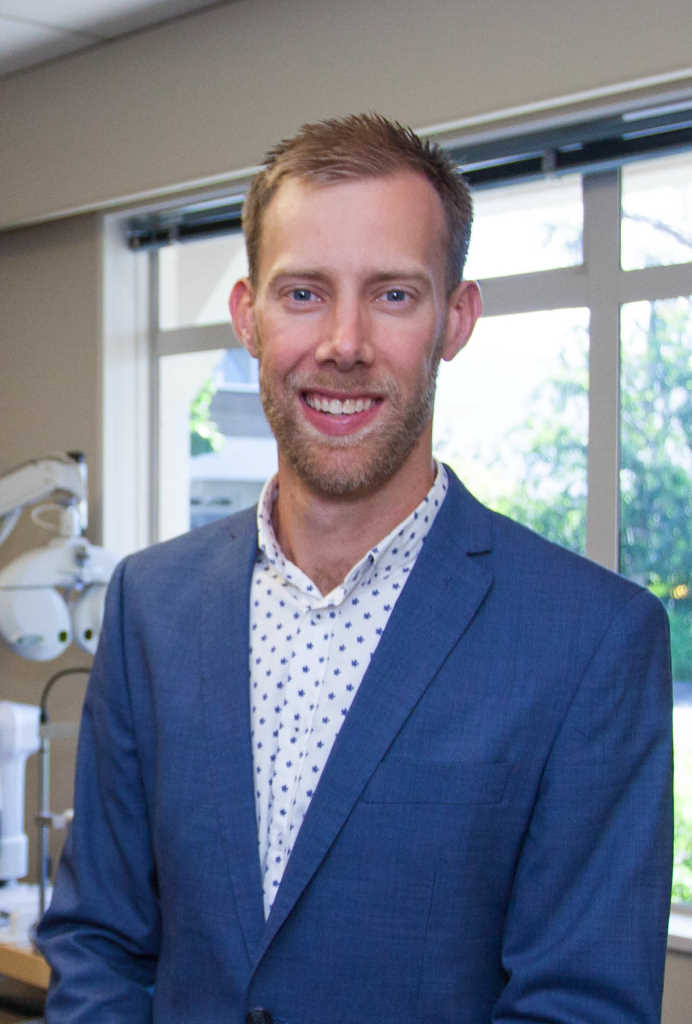
ALEX PETTY
Bay of Plenty-based optometrist and speciality CL specialist and writer
What is the focus of your talk?
I will be exploring some of the different clinical appearances and causes for epitheliopathy with a range of cases and conditions, from the acute to chronic, benign to concerning.
So much of what we do as optometrists and CL fitters relies on monitoring corneal health. Being aware of the nuances of corneal disease and defect is crucial to managing these patients. With some of the new CL modalities that we are using these days we are seeing signs on the cornea that were not seen a decade ago, so knowing what is normal and what is not becomes very important.
What attracted you to speciality CLs?
I studied optometry for a range of reasons: I had exposure to the profession from childhood due to my myopia; the desire for a science-rich career with freedom to not be on call or be overly stressed at work; and being able to deal with and help people each day was a big draw-card.
I have always been interested in specialty contact lenses, including orthokeratology and keratoconus. My interest in myopia control came about because I know first hand the problems that can result (for me three retinal detachments!) when myopia is left to its own devices in a kid. These fields are quickly advancing, helped by some incredible technology advances, so it’s very interesting to be part of.
What drives you?
Other than golf you mean? I really like the feeling you get when you make a genuine difference in someone's life; a patient with a new lens they can now see with or the management of a painful eye condition, for example. Helping colleagues with advice or experiences that enables in some small way to help their own patients is also really rewarding.
Hopefully I can keep experiencing this satisfaction in optometry for many years to come!
-----------------------------------
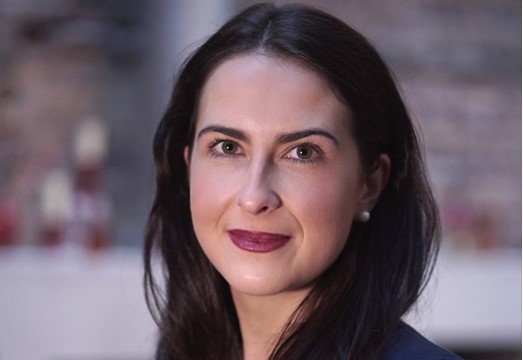
EMILIE LANGLEY
Auckland-based optometrist and CL specialist
What are you discussing at this year’s CCLS conference?
I’m presenting the results of an orthokeratology regression study that final year optometry students have been performing for three consecutive years as their final year research project. I was one of the students in the first year of the study, supervised by Grant Watters and Dr Wanda Lam, and supported by Dr Phil Turnbull and many others.
We are continually learning more and more about ortho-k and… regression rates still need further research as we know that some corneas bounce back quicker than others from treatment, yet it’s currently difficult to predict for who as there are many factors involved.
How did you get into optometry and CLs?
I remember sitting in the St David’s Lecture Theatre in Otago and putting my friends new, black plastic Kate Sylvester low minus spectacles on and being absolutely blown away that they improved my vision. This simple act was a turning point. I was diagnosed with myopia. My interest was heightened when I took a neuro-physiology paper in the third year of my biomedical science degree where we learnt about how the senses work. That got me hooked on the visual system and led me to apply for optometry… and then to myopia control and therefore, contact lenses. I then started working with Mortimer Hirst Optometrists (with Grant Watters) and was exposed to an array of weird and wonderful contact lens fittings.
What drives you?
I have a continual drive to learn more. I treat each of my clients as if I was them, in the chair. By putting myself in their shoes ensures I always do my best and treat them with the respect and dignity they deserve.




